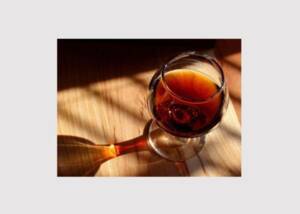Gin originally comes from the Netherlands
News News blog
When William III of Orange-Nassau ascended the English throne in 1689, he brought genever with him from his homeland, the Netherlands. He made the production of juniper schnapps tax-free and at the same time imposed heavy taxes on the import of French alcoholic beverages. English soldiers who supported the Dutch in the Dutch-Spanish War also brought this liquor to the British Isle, where it was given the name gin.

By decree in 1690, it was stipulated that gin could only be produced from English grain. When the large cultivation areas in North America increased the acreage for grain and thus the price dropped, it became cheaper to produce alcohol. The cheap and high-proof gin became very popular, especially among the lower social classes, as the state of intoxication set in after just a few drinks. Gin consumption increased so much that the government felt compelled to intervene. High taxes and stricter quality control were intended to make gin artificially expensive for the lower classes.
In 1791, the so-called Gin Act not only regulated quality and production, but brought it into upper-class circles. In Finsbury, with its clear spring water, London Dry Gin developed - not as a designation of origin, but as a specific quadruple distillation in copper pot stills, with which, compared to continental genever, a particularly round and dry taste of the spirit is achieved.
The predecessor is the so-called Old Tom Gin, a slightly sweetened gin that was very popular in the 18th and 19th centuries. It is particularly suitable for mixing long drinks and can be understood as a link between genever and London Dry Gin.
One of the most famous gin drinkers was the Queen Mum, the mother of Queen Eilizabeth II. Queen Mum had her first drink at lunchtime and as she lived to be almost 102, it obviously did her no harm.










